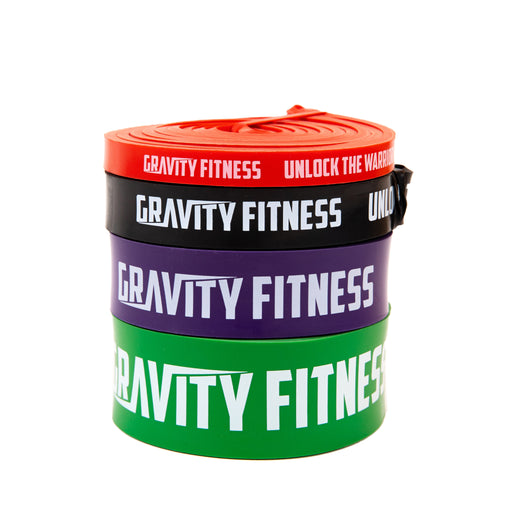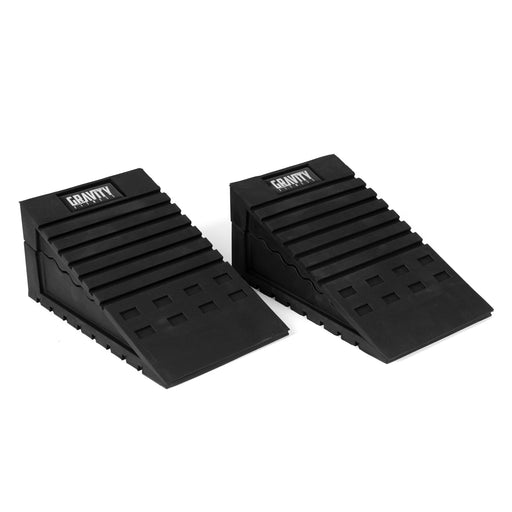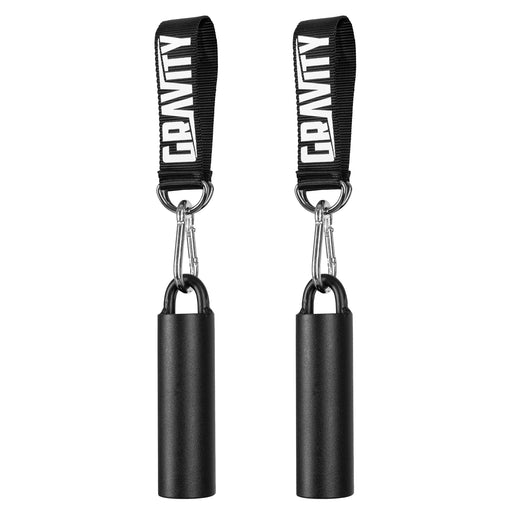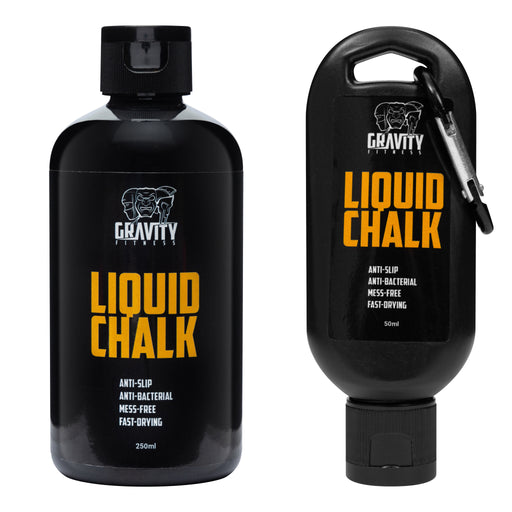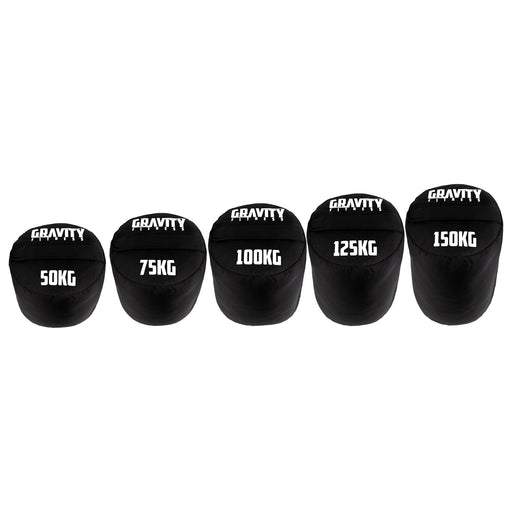
The science behind the microdosing trend
The science behind the microdosing trend
What’s behind the trend of self-administering microdoses of psychedelics – and why has it crept into the health and wellness sphere?
Over the past few years, the number of people taking tiny doses of psychedelic substances has grown. As has the acceptance (in some circles) of microdosing as a treatment for emotional wellbeing. We’re not here to comment on the legal or moral elements of microdosing. But we’d like to explore the science behind it.
What is the microdosing trend?
Microdosing seems to have started in California but has quickly gained popularity across America and spread to other countries – including the UK. As the name suggests, microdosing means taking tiny doses of a substance. In this case, the substances are psychedelics, usually from psilocybin mushrooms.
The idea is that taking such a small dose stops well short of a full hallucinatory experience, but may boost serotonin and sharpen cognitive function.
What are psychedelics?
What are people microdosing, exactly? Psychedelic drugs include “magic” mushrooms, LSD, and ketamine. But for the purposes of this article we’d like to look at the science behind psychedelic mushrooms.
Microdosing, biohacking & wellness
The wellness industry has turned its focus on mushrooms as a “natural medicine”, which might explain how the intersection of microdosing and wellbeing has come about. There have been articles about microdosing psychedelics in Forbes magazine and the Hollywood Reporter, and reports that microdosing is a big trend in Silicon Valley.
What is psilocybin?
Psilocybin is the active compound that makes “magic” mushrooms hallucinatory. It’s already being tested in clinical trials, and in 2019 the United States Food & Drug Administration designated it “a breakthrough therapy” for major depressive disorder. (1)
Possible health benefits of psilocybin
Scientists still don’t know exactly how psilocybin helps change mood and behaviour, but they think the seratonin HT2A receptor stimulator makes the brain communicate in a more open and less stifled way.
So why are people interested in peak performance microdosing with psychedelics? Fans of the practice say there are several potential benefits to body and mind:
1 Boosting low mood and aiding motivation
2 Creating mental clarity and focus
3 Helping to treat cluster headaches
4 A sense of greater wellbeing
However, we should remind you that magic mushrooms and its derivatives are a Class A drug in the UK. Not only are they illegal, but people who microdose have reported risks and side effects including emotional distress and cardiovascular risk (psylocibin binds to HT2B receptors which can change the shape and structure of heart valves).
The latest science on microdosing
The last two years have seen a big increase in scientific studies around microdosing with psilocybin, helped by partnerships with countries where the drug is legal and decriminalised.
A systematic study was carried out in 2019 and published in PLOS One, noting that perceptions and expectations seem to have an impact on people’s experiences with microdosing. (2)
This 2020 paper first published in the Journal of Psychopharmacology looked at the subjective benefits and challenges of microdosing, and concluded that the perceived benefits “greatly outweigh” the challenges but that more double-blind placebo-controlled experiments are needed to confirm the uses and benefits. (3)
This 2021 paper published in the MDPI journal Molecules noted several limitations to microdosing as a respected psychiatric treatment – mainly legality, safety, and standardisation of therapeutic practices and doses. (4)
1 https://newatlas.com/science/psilocybin-major-depression-mdd-usona-breakthrough-therapy-fda/
2 https://www.ncbi.nlm.nih.gov/pmc/articles/PMC6364961/
3 https://journals.sagepub.com/doi/10.1177/0269881120953994
4 https://www.ncbi.nlm.nih.gov/pmc/articles/PMC8156539/








